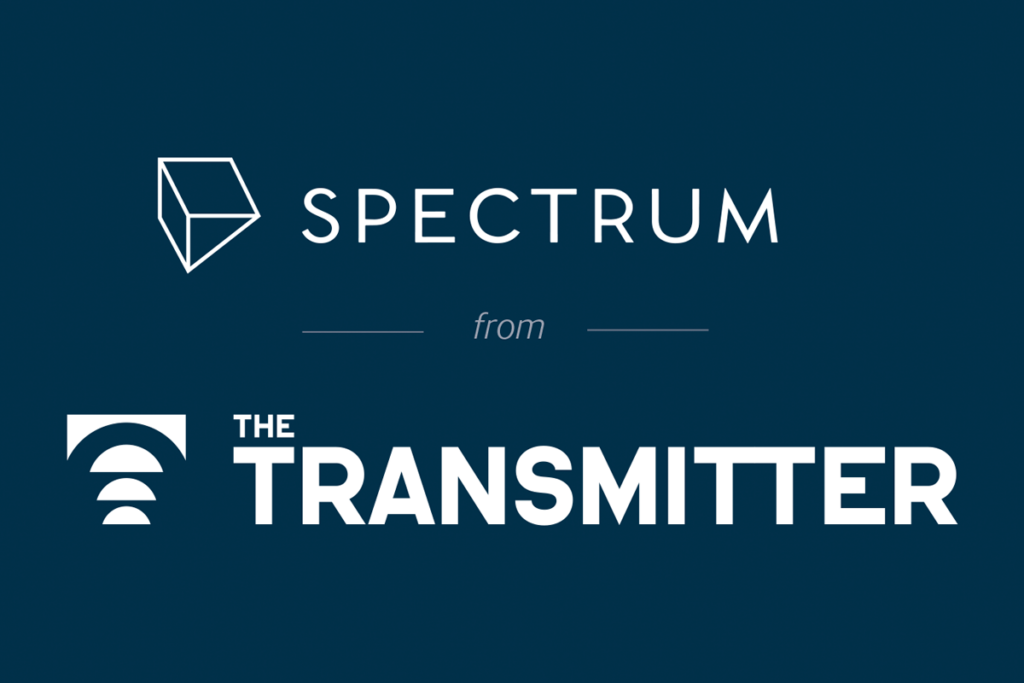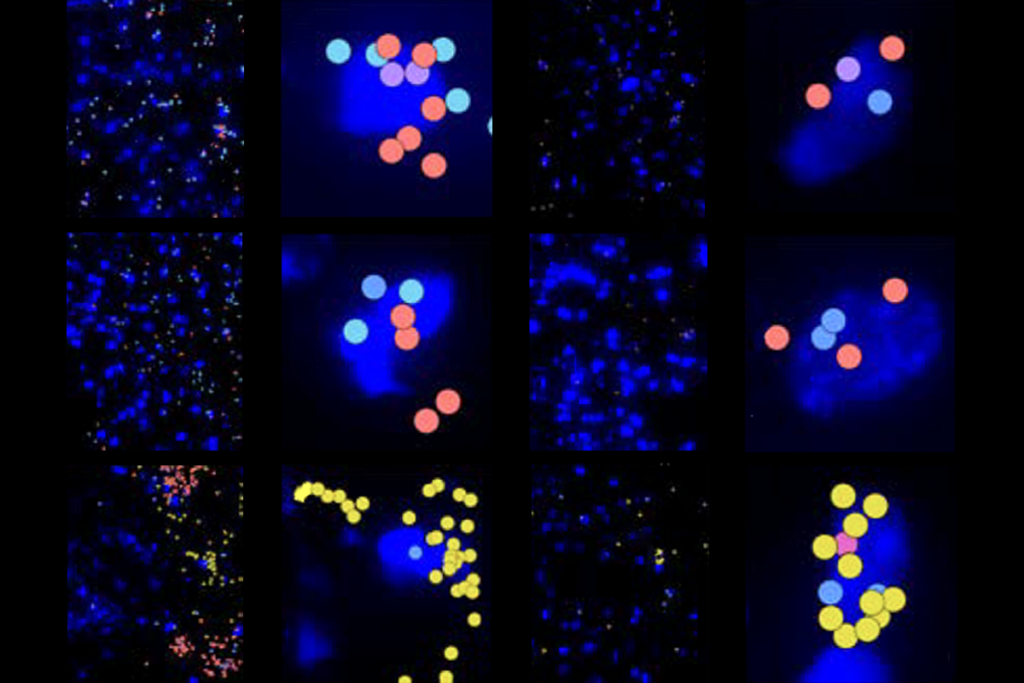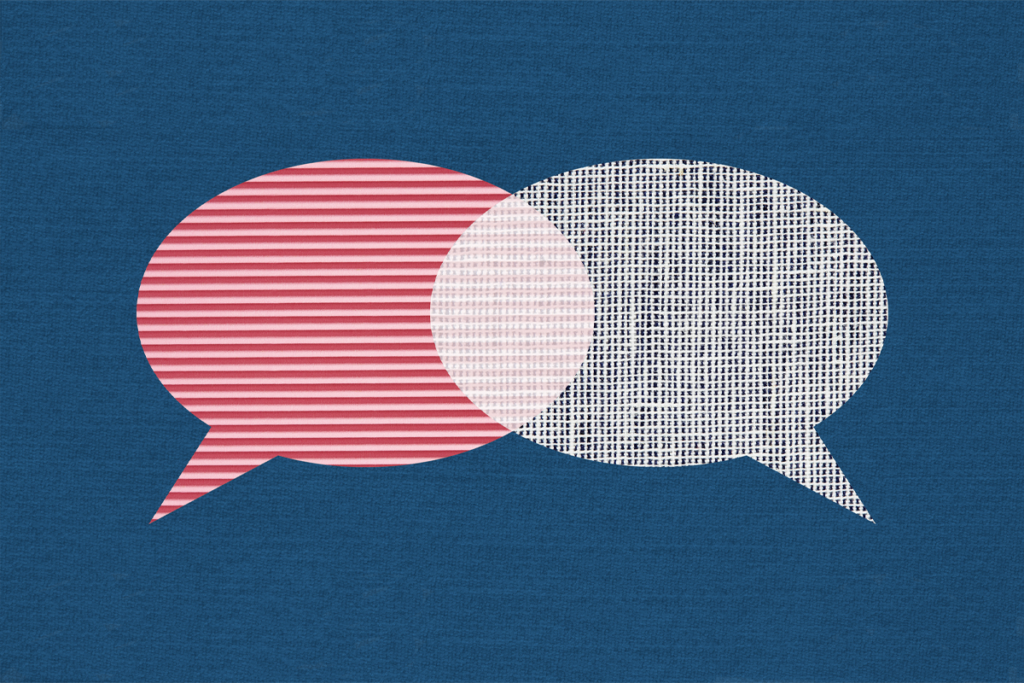Monkeys for autism research
Recent articles
Featured articles
The treasures of monkey island
On Cayo Santiago island, scientists track the alliances and power struggles of a colony of feral monkeys — collecting data to generate new insights into the social challenges that people with autism face.

The treasures of monkey island
On Cayo Santiago island, scientists track the alliances and power struggles of a colony of feral monkeys — collecting data to generate new insights into the social challenges that people with autism face.
Genetically modified monkeys show autism-like behaviors
Monkeys with multiple copies of a gene called MeCP2 show behaviors reminiscent of autism, but some experts question the model’s value.

Genetically modified monkeys show autism-like behaviors
Monkeys with multiple copies of a gene called MeCP2 show behaviors reminiscent of autism, but some experts question the model’s value.
Questions for Cory Miller: Monkeying around with marmosets
Small social monkeys called marmosets are well suited for studies on social behaviors and autism.

Questions for Cory Miller: Monkeying around with marmosets
Small social monkeys called marmosets are well suited for studies on social behaviors and autism.
From the archives
Questions for Karen Parker: Probing monkey social behavior
Like people, monkeys vary widely in their social abilities. Behavioral neuroscientist Karen Parker explains how studying social behavior in monkeys can advance how we understand and treat autism.

Questions for Karen Parker: Probing monkey social behavior
Like people, monkeys vary widely in their social abilities. Behavioral neuroscientist Karen Parker explains how studying social behavior in monkeys can advance how we understand and treat autism.
Monkey mother’s immune response changes her infant’s brain
Monkeys whose mothers are infected with a mock virus while pregnant show abnormal branching of certain brain cells. The findings may help explain why infection during a woman’s pregnancy ups the risk of autism in her children.

Monkey mother’s immune response changes her infant’s brain
Monkeys whose mothers are infected with a mock virus while pregnant show abnormal branching of certain brain cells. The findings may help explain why infection during a woman’s pregnancy ups the risk of autism in her children.
New tool offers way to ‘light up’ cells in monkey brain
A new technique can stimulate and record activity across broad swaths of the monkey brain.

New tool offers way to ‘light up’ cells in monkey brain
A new technique can stimulate and record activity across broad swaths of the monkey brain.
Atlas charts gene activity in developing monkey brains
Researchers have for the first time mapped gene expression in the rhesus macaque brain from birth through adulthood. The atlas illuminates the expression patterns of genes likely to be important in autism.

Atlas charts gene activity in developing monkey brains
Researchers have for the first time mapped gene expression in the rhesus macaque brain from birth through adulthood. The atlas illuminates the expression patterns of genes likely to be important in autism.
Marmosets that miss social cues may mimic autism
Marmosets exposed to an epilepsy drug in the womb do not recognize reciprocity — the social give-and-take that is a challenge for some people with autism — suggests a new study. The findings add to mounting evidence that these tiny monkeys offer clues about autism.

Marmosets that miss social cues may mimic autism
Marmosets exposed to an epilepsy drug in the womb do not recognize reciprocity — the social give-and-take that is a challenge for some people with autism — suggests a new study. The findings add to mounting evidence that these tiny monkeys offer clues about autism.
Video technique measures monkeys’ social interest
Male rhesus macaques show more interest in videos with social content, such as another monkey displaying aggression, than in videos of landscapes or other animals, according to a study published 26 October in PLoS One.

Video technique measures monkeys’ social interest
Male rhesus macaques show more interest in videos with social content, such as another monkey displaying aggression, than in videos of landscapes or other animals, according to a study published 26 October in PLoS One.
Engineered monkeys carry autism-linked mutations
Researchers have created the first genetic monkey model of autism, they reported 6 March in Cell Stem Cell. The female monkey has a mutated version of the MeCP2 gene that causes Rett syndrome.

Engineered monkeys carry autism-linked mutations
Researchers have created the first genetic monkey model of autism, they reported 6 March in Cell Stem Cell. The female monkey has a mutated version of the MeCP2 gene that causes Rett syndrome.
Neurons move early, mature late in developing monkey brain
Researchers have mapped the migration patterns of neurons in the developing monkey brain and pinpointed when they establish their identities.

Neurons move early, mature late in developing monkey brain
Researchers have mapped the migration patterns of neurons in the developing monkey brain and pinpointed when they establish their identities.
Social hormone may lead to solo outlook in monkey brains
Contrary to its reputation, oxytocin may make monkeys less interested in others’ actions and more focused on their own.

Social hormone may lead to solo outlook in monkey brains
Contrary to its reputation, oxytocin may make monkeys less interested in others’ actions and more focused on their own.
Monkey models march into autism research arena
Overcoming profound technical challenges, researchers may be well on their way to making a troop of monkey models for studying autism and related conditions

Monkey models march into autism research arena
Overcoming profound technical challenges, researchers may be well on their way to making a troop of monkey models for studying autism and related conditions
On monkey island, some animals carry autism-linked mutation
Roughly one-sixth of the monkeys on an island off the coast of Puerto Rico may carry a variant in SHANK3, a top autism gene candidate.

On monkey island, some animals carry autism-linked mutation
Roughly one-sixth of the monkeys on an island off the coast of Puerto Rico may carry a variant in SHANK3, a top autism gene candidate.
Researchers flag targets of autism-linked antibodies
Two studies published 9 July bolster the hypothesis that immune molecules in a pregnant woman’s bloodstream may sometimes cause autism in her child.

Researchers flag targets of autism-linked antibodies
Two studies published 9 July bolster the hypothesis that immune molecules in a pregnant woman’s bloodstream may sometimes cause autism in her child.
Mother’s immune response triggers odd behavior in monkeys
Triggering immune defenses in pregnant monkeys can lead to repetitive behaviors and social problems in their babies, according to a study published 4 September in Biological Psychiatry.

Mother’s immune response triggers odd behavior in monkeys
Triggering immune defenses in pregnant monkeys can lead to repetitive behaviors and social problems in their babies, according to a study published 4 September in Biological Psychiatry.
Video: What monkeys can teach us about autism
Earl Miller tells SFARI.org how monkeys inspired his theory for the cognitive deficits in autism.

Video: What monkeys can teach us about autism
Earl Miller tells SFARI.org how monkeys inspired his theory for the cognitive deficits in autism.
Explore more from The Transmitter
Machine learning spots neural progenitors in adult human brains
But the finding has not settled the long-standing debate over the existence and extent of neurogenesis during adulthood, says Yale University neuroscientist Juan Arellano.

Machine learning spots neural progenitors in adult human brains
But the finding has not settled the long-standing debate over the existence and extent of neurogenesis during adulthood, says Yale University neuroscientist Juan Arellano.
Xiao-Jing Wang outlines the future of theoretical neuroscience
Wang discusses why he decided the time was right for a new theoretical neuroscience textbook and how bifurcation is a key missing concept in neuroscience explanations.
Xiao-Jing Wang outlines the future of theoretical neuroscience
Wang discusses why he decided the time was right for a new theoretical neuroscience textbook and how bifurcation is a key missing concept in neuroscience explanations.
Memory study sparks debate over statistical methods
Critics of a 2024 Nature paper suggest the authors failed to address the risk of false-positive findings. The authors argue more rigorous methods can result in missed leads.

Memory study sparks debate over statistical methods
Critics of a 2024 Nature paper suggest the authors failed to address the risk of false-positive findings. The authors argue more rigorous methods can result in missed leads.